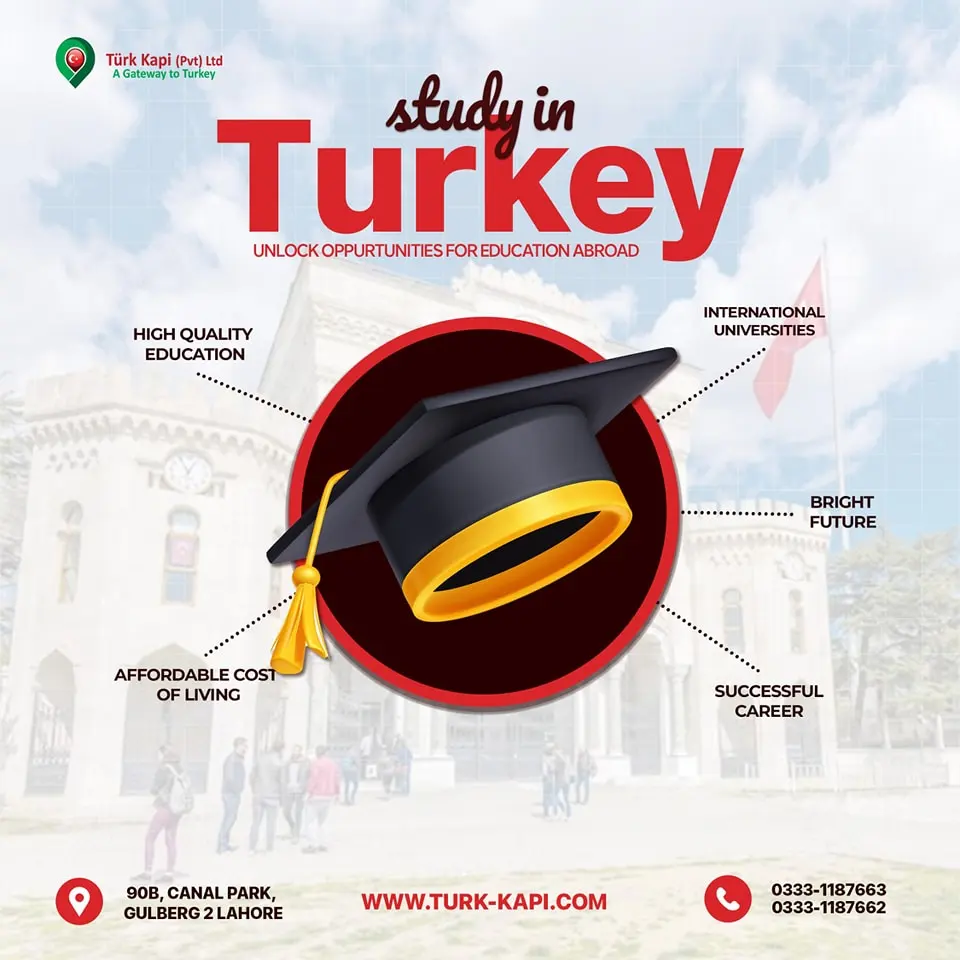Journalism in the 21st century is at a transformative crossroads, where Artificial Intelligence( AI) is n’t only impacting English and global media but is also beginning to make its mark in Urdu and other indigenous language newsrooms across South Asia. This elaboration, while promising enhanced effectiveness and speed, also raises profound enterprises about conserving verbal heritage, artistic identity, and the mortal touch in reporting.
- AI enters Urdu Newsrooms
Over the once many times, AI tools have sluggishly begun integrating into Urdu news product. From recap software and bus- summarization tools to machine restatement platforms like Google Translate and large language models similar as ChatGPT, these technologies are getting part of diurnal tract workflows. still, a critical question remains can these tools truly uphold the nuance, tone, and artistic resonance of Urdu journalism?
. Benefits effectiveness and Availability
One of the crucial advantages of AI integration has been the boost in functional effectiveness, especially for lower newsrooms that frequently struggle with limited mortal and fiscal coffers. Tasks that formerly took a journalist orsub-editor an hour — similar as recapitulating press releases or casting brief news particulars — can now be completed in twinkles using AI- driven operations. These earnings are particularly helpful during breaking news scripts when time is critical. - Challenges Losing the Soul of Language
Despite its benefits, AI lacks the emotional and artistic depth that characterizes quality Urdu journalism. AI- generated textbook frequently misses out on investigative nuance, lyrical references, and the emotive tone that has traditionally amended Urdu prose. The fineness of private expressions, the meter of a ghazal, or the allegorical liar unique to Urdu can not yet be genuinely reproduced by machines.
For illustration, the expression” dil escarpment diya” might be restated by AI as “ the heart was broken, ” stripping it of the emotional and artistic depth felt by native Urdu speakers. similar restatements demonstrate the threat of artistic dilution. - Job Security and the Commodification of Creativity
maybe the most immediate impact of AI is being felt by youthful Urdu pens, dupe editors, and caption pens. With media outlets turning to AI for low- cost content generation, job instability is on the rise. This shift does n’t just hang employment — it commodifies the creative labor and intellectual donation of intelligencers, reducing liar to a series of automated labors. - The Future of Regional Languages
While Urdu has gained some position of support from AI tools, languages like Pashto, Saraiki, Balochi, Sindhi, and Brahui remain oppressively underrepresented in digital ecosystems. This lack of support furthers digital inequality, rendering these languages decreasingly unnoticeable in the AI age and risking their rejection from public converse. - Algorithmic Bias and Misinformation pitfalls
numerous AI tools are trained on English- language and Western datasets. When applied in Urdu or other South Asian surrounds, these tools frequently carry essential impulses, leading to misrepresentation or factual inaccuracies. also, AI lacks the editorial judgment and contextual mindfulness that mortal intelligencers bring, adding the threat of spreading misinformation. - Absence of Policy and Ethical norms in Pakistan
Pakistan presently lacks a centralized media policy or ethical frame guiding AI integration in journalism. utmost media outlets view AI purely from a marketable viewpoint, without considering the counteraccusations for journalistic integrity, translucency, or professional training. There’s also minimum exposure to cult about whether the content they consume is mortal- written or AI- generated. - AI as a Tool, Not a relief
Eventually, AI should be viewed as a support medium in journalism, not a cover for mortal intellect. Urdu journalism is a artistic heritage that can not be saved through algorithms alone. It demands mortal perceptivity, critical sapience, and emotional intelligence — the kind that only devoted intelligencers retain. As minstrel Faiz Ahmed Faiz formerly wrote
” Ye daagh daagh ujala, ye shab- gazida sahar, Woh intezar tha jiska, ye woh sahar to nahi.”
maybe the AI- driven dawn we see moment is n’t the bone we endured for.
Conclusion
The integration of AI into Urdu and indigenous journalism presents both occasion and pitfall. Its impact reaches far beyond technology, impacting language, culture, employment, and identity. It’s imperative for media associations, policymakers, and civil society to inclusively establish an ethical and inclusive frame for AI — one that enhances mortal journalism rather than replacing it.
References
• UNESCO Global AI & Ethics in Journalism Report, 2023
• Digital Rights Foundation Pakistan, AI & Data sequestration detail, 2022
• Interview with an Urdusub-editor, anonymous, Lahore- grounded newsroom, March 2025



